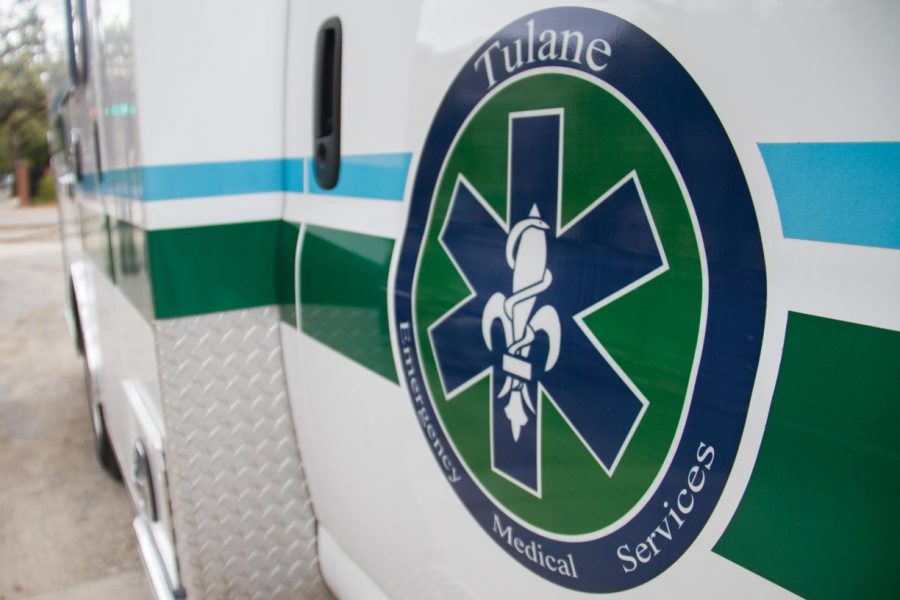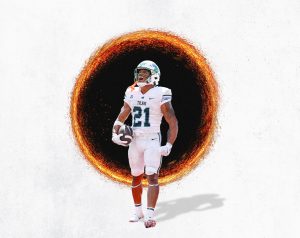USG approves funding for new TEMS vehicle
April 23, 2014
The Undergraduate Student Government approved legislation at its Tuesday meeting to allocate $21,322 from the reserve to Tulane Emergency Medical Services. These funds will be used to purchase an all-terrain vehicle and a customized emergency utility vehicle response, or E-Muvr, which will be primarily used to transport patients in Yulman Stadium beginning on Sept. 6.
The reserve pool is close to $1,000,000. USG has previously purchased two ambulances for TEMS valued at $150,000 each.
TEMSoriginally requested from the USG finance committee approximately $31,000 to purchase the ATV and E-Muvr along with supplies such as a stair chair, stretcher and others to stock the vehicle. The $21,322 does not cover these supplies. The finance committee initially only approved $6,500 to cover a 30 percent down payment for the vehicle. USG Vice President for Finance Ryan Poche said this was an attempt to encourage TEMS to seek outside funding from other university departments.
“[The finance committee] took the 30 percent for the original four-wheeler as a down payment with the intent that [TEMS] could use this down payment money for the capital items and then for the rest of the semester and over the summer, seek money from athletics, the provost’s office, other university sources and see what money they could come up with from there,” Poche said. “Then they could come back to us possibly in the summer if it still didn’t happen in an emergency finance request.”
The $6,500 request was presented to the entire USG Senate, but many members felt allocating only that amount would have prevented TEMS from having necessary safety precautions before game day. The legislation was amended to the $21,322 amount, but was also amended to read that the university senate of administrators would address this issue at their May meeting.
TEMS director Peter Haskins and member Christopher Sloas discussed their request during the Student Forum portion of the USG meeting. Haskins said only receiving $6,500 would have made the process of purchasing the items much more difficult.
“We’re happy to get any amount of money,” Haskins said. “It’s a little hard for us to expand, to get capital improvements like this because we are nonprofit. It would have been unfortunate for us if we couldn’t have done that, but we would have tried every single way possible to get funding from other sources. The difficulty is that money is not necessarily available within [the] university in a lot of different places.”
TEMS will continue to seek funding from other university sources to pay for the unfunded supplies. Haskins said this will improve patient care at the stadium.
“[The reserve] is a great resource for students and student organizations to make capital purchases and get large investments such as this, especially when it involves student safety,” Haskins said. “Maybe this wasn’t a necessity, but it is something which improves patient care. Anytime you’re operating in a safety-type [situation] or medical response-type [situation], you don’t want to be just at the minimum. You want to be constantly striving to provide the best … care available.”
Some USG members also expressed their belief that the university should pay USG some of the money given back to USG. Poche said it would be nice if USG saw that money, but it would still go to good use.
“If the university can provide extra support to the overall project, hopefully that money could possibly roll back into USG, but if not, it could possibly be set aside for later for repairs to the capital improvements,” Poche said.










Leave a Comment